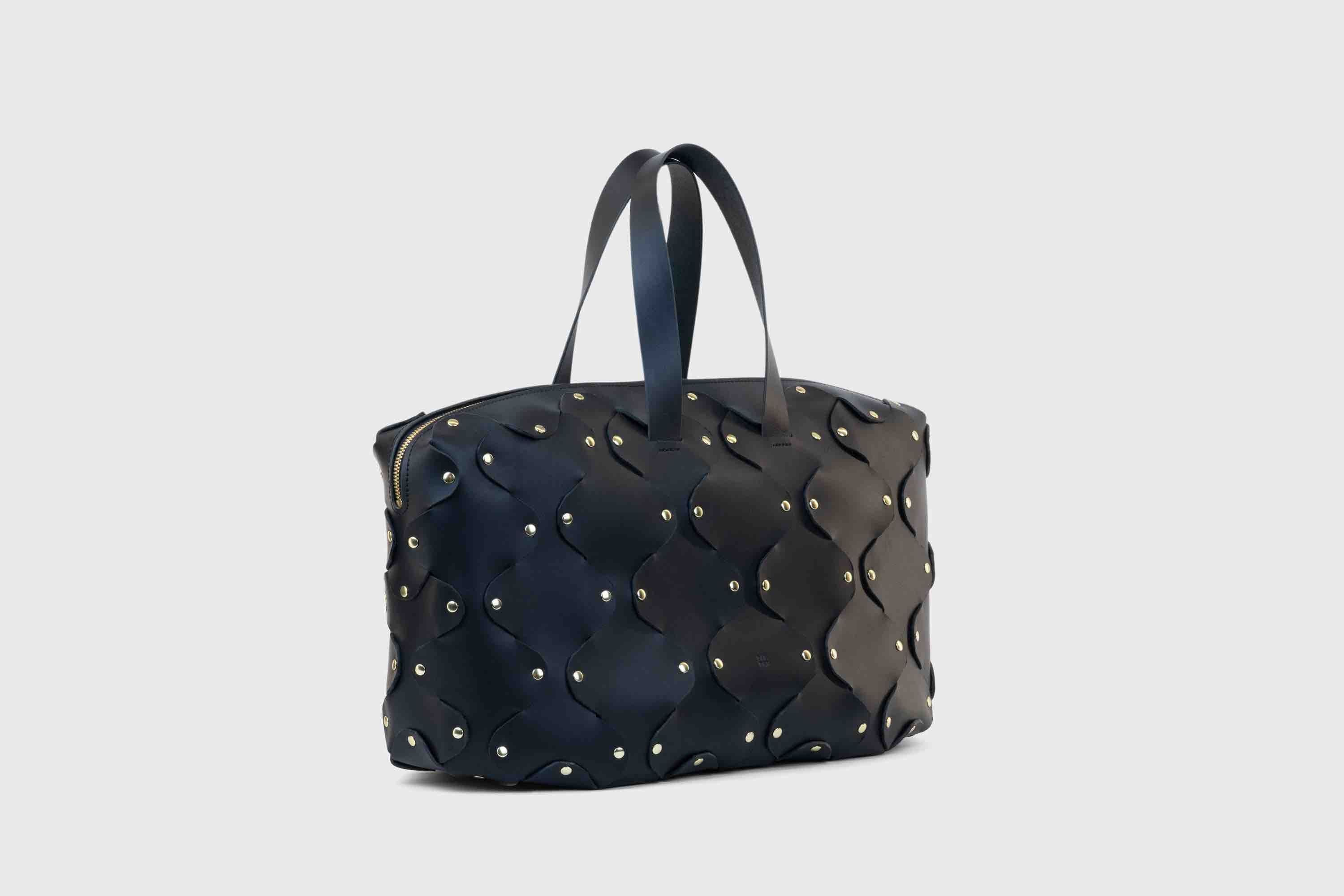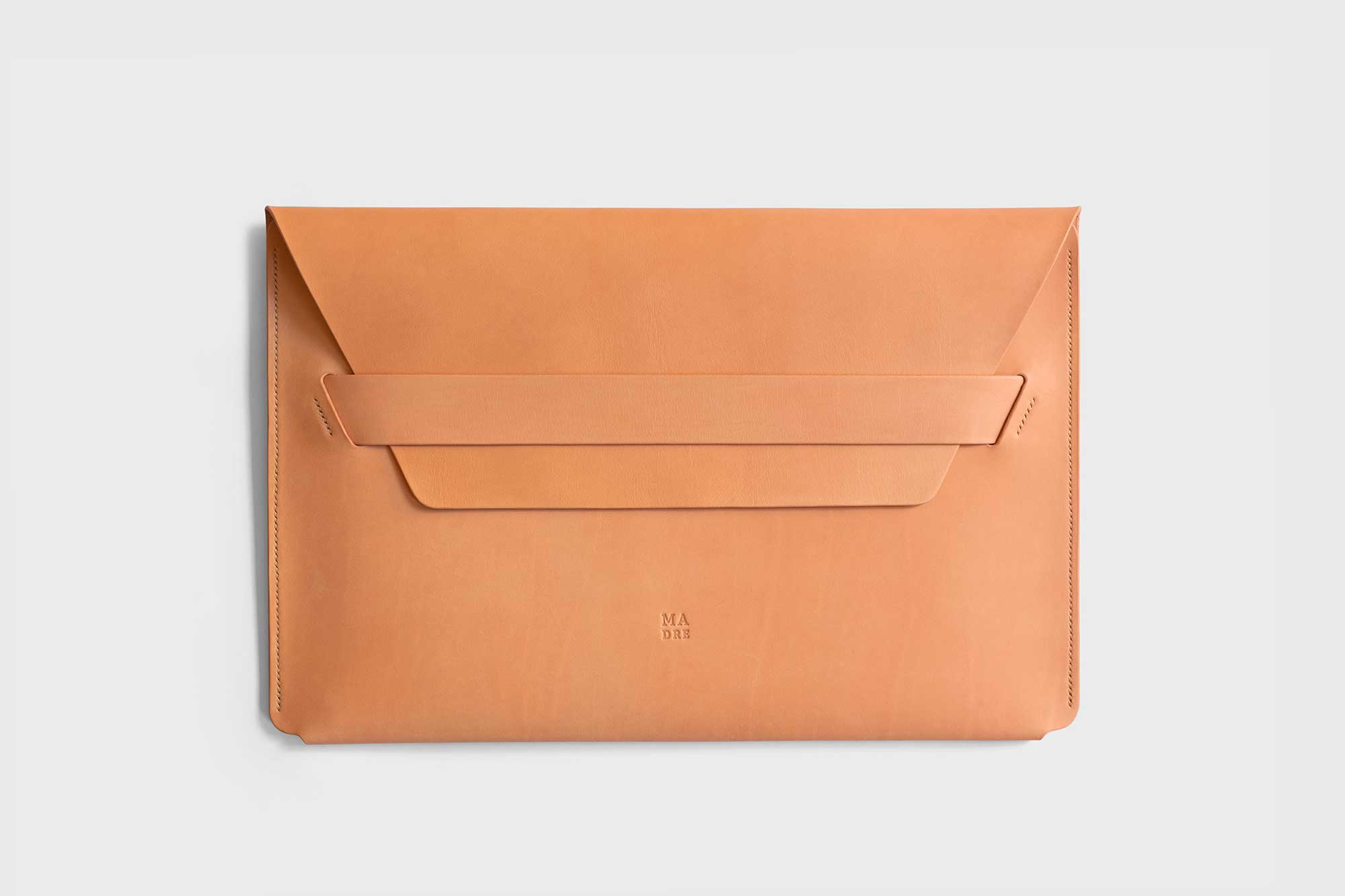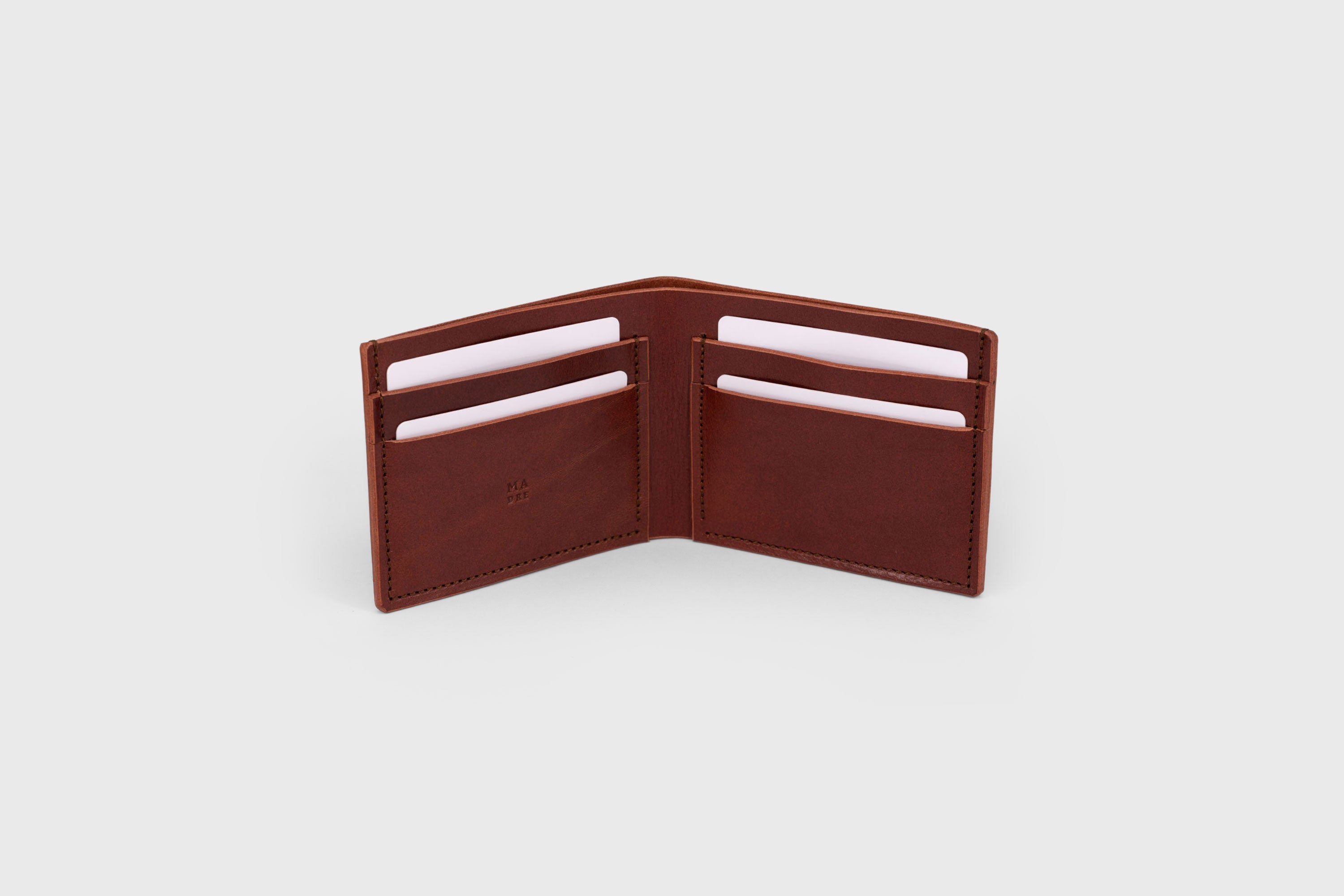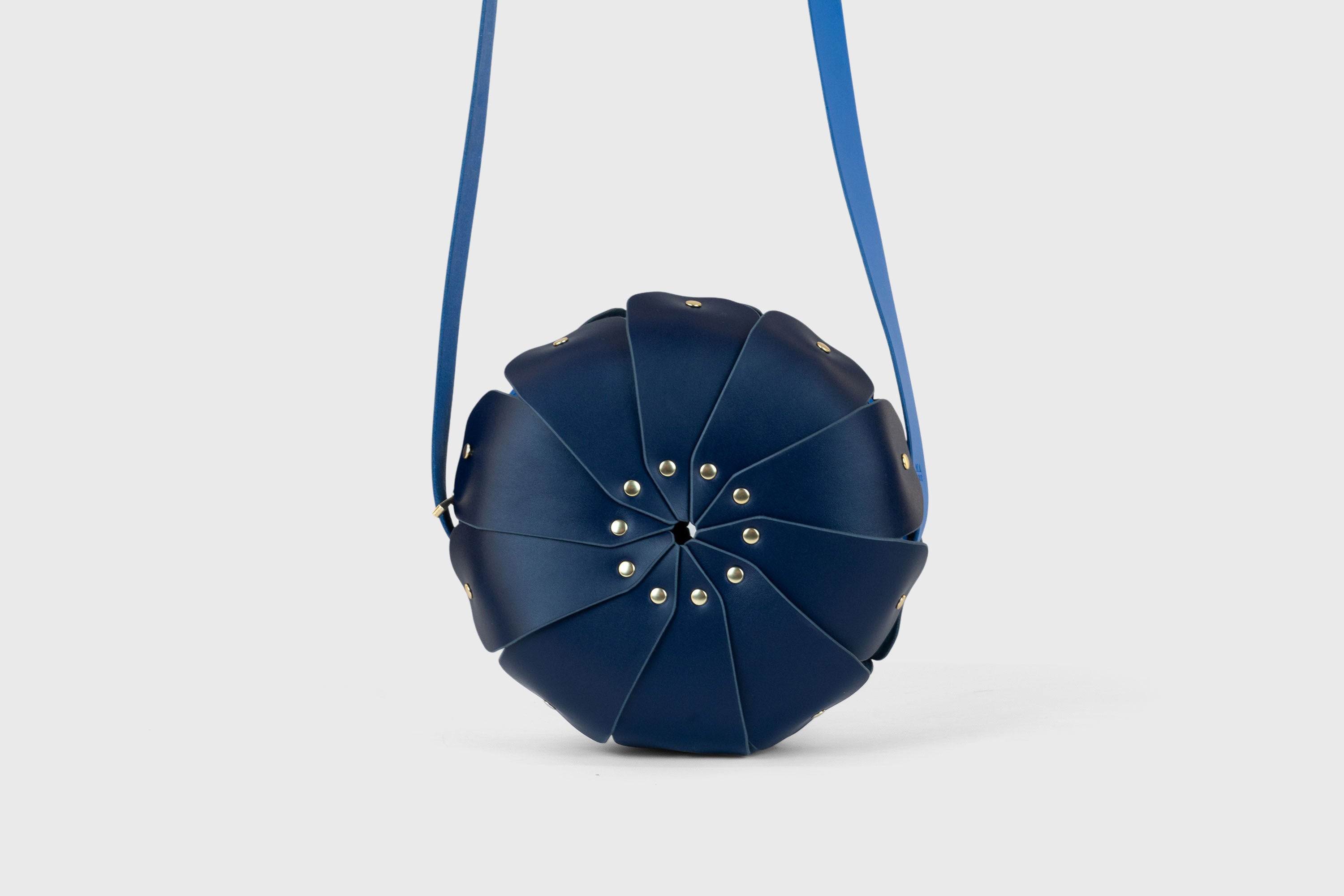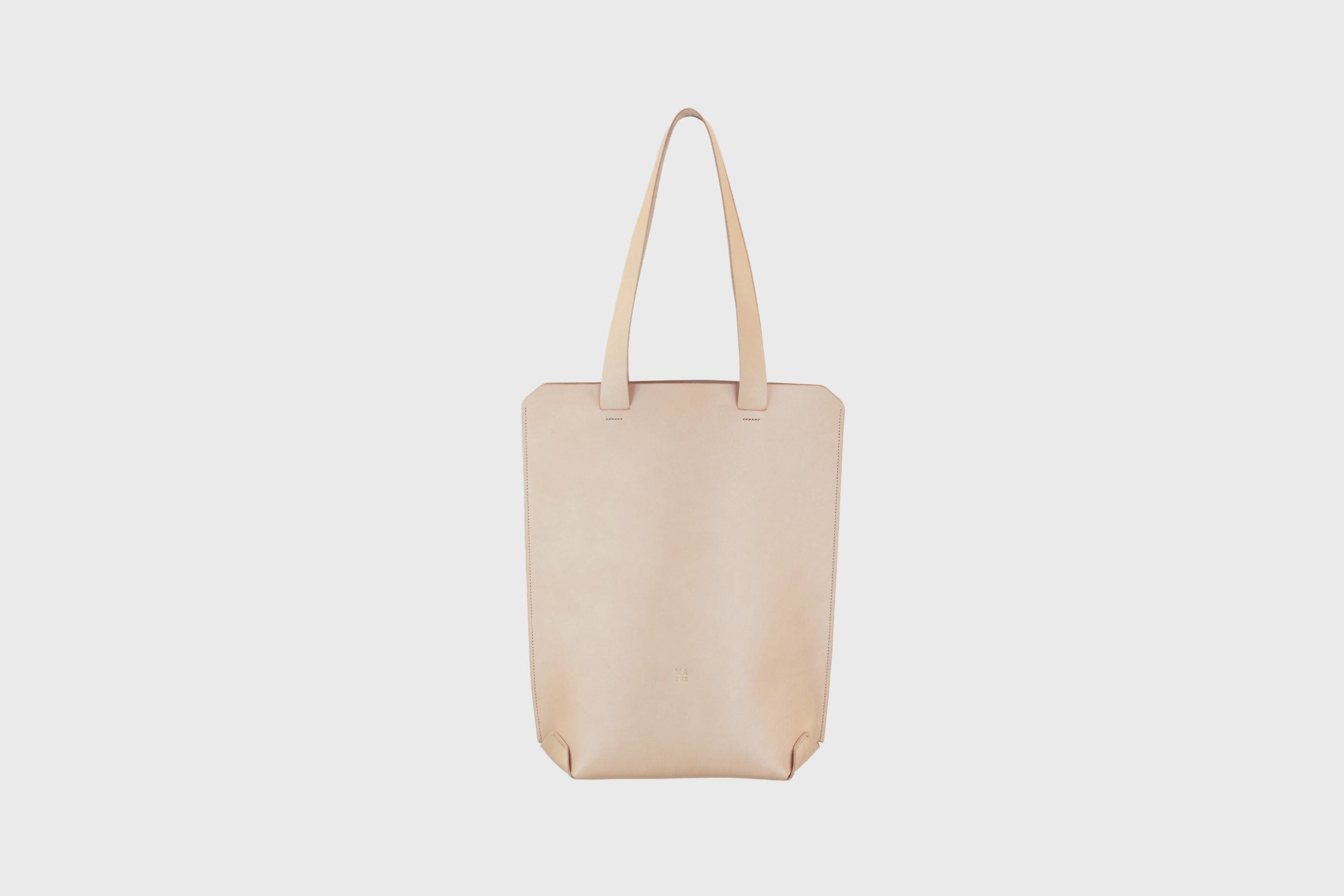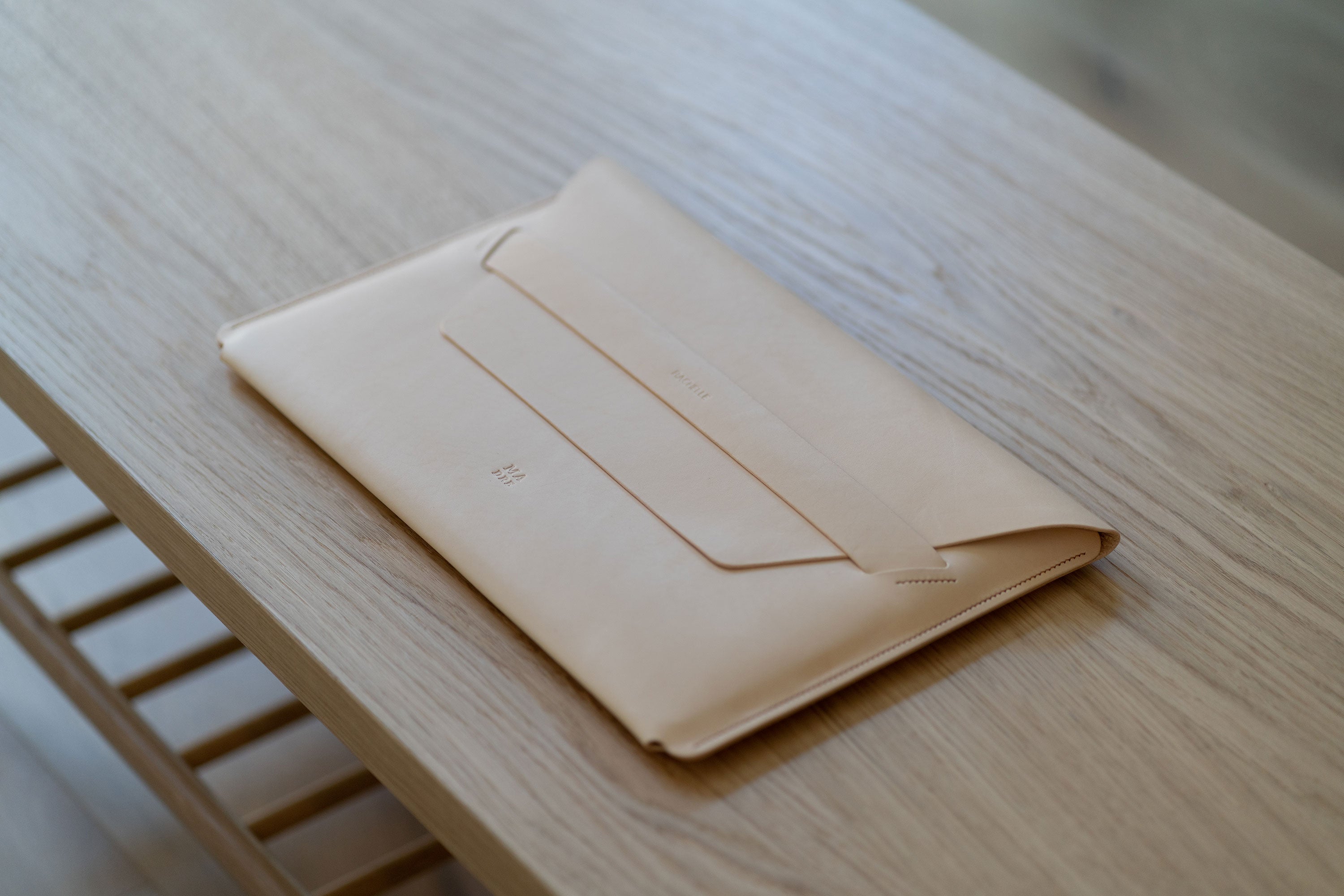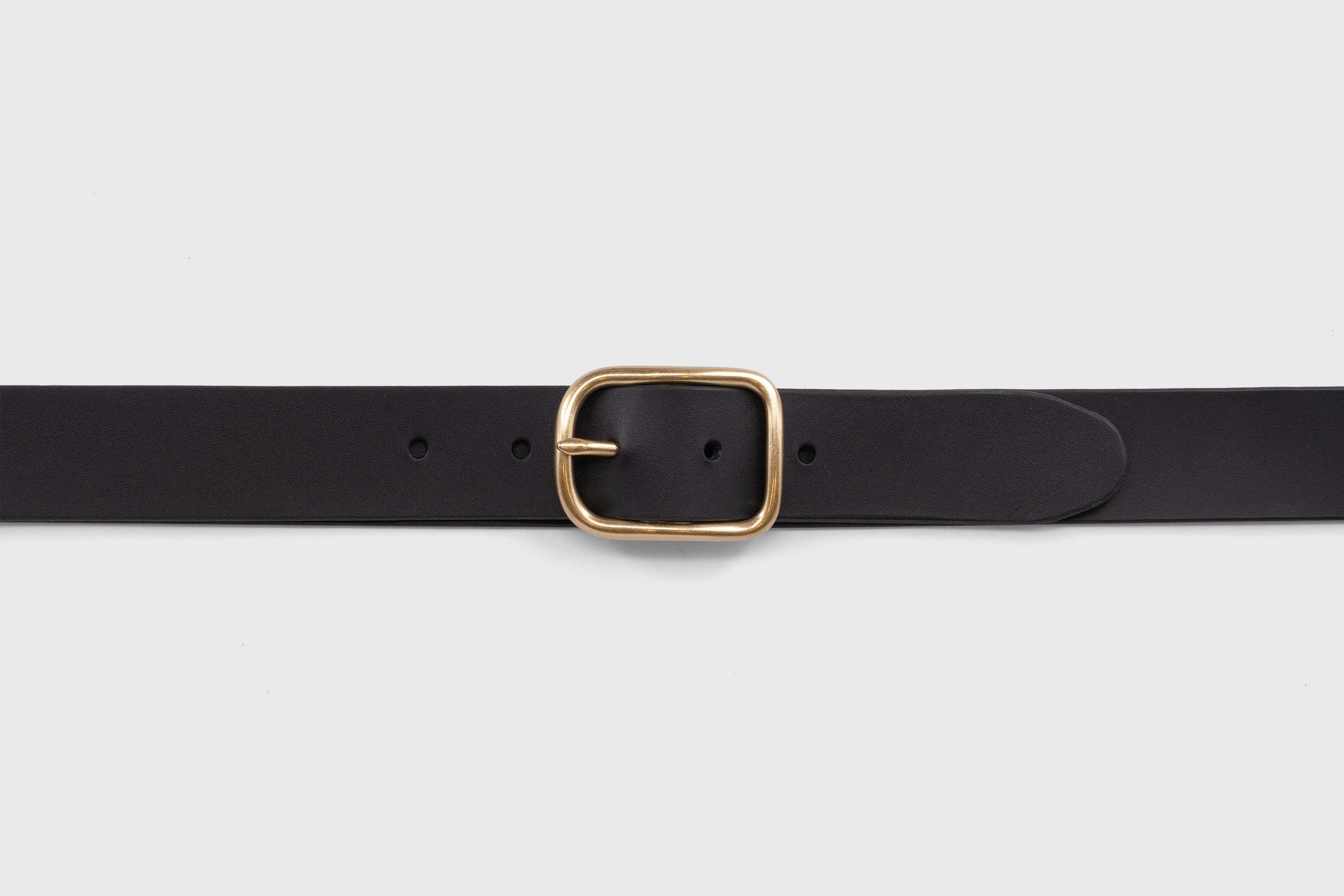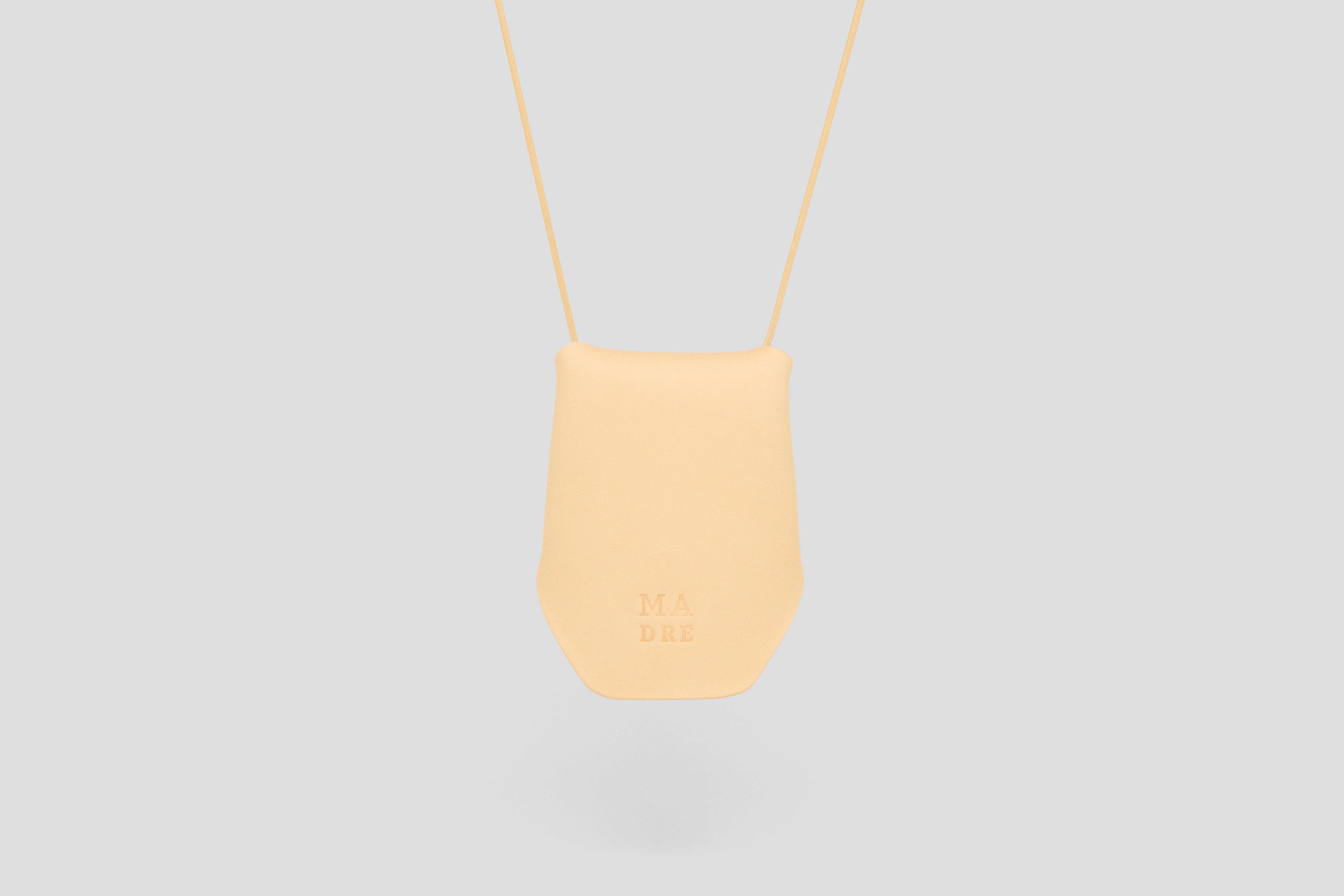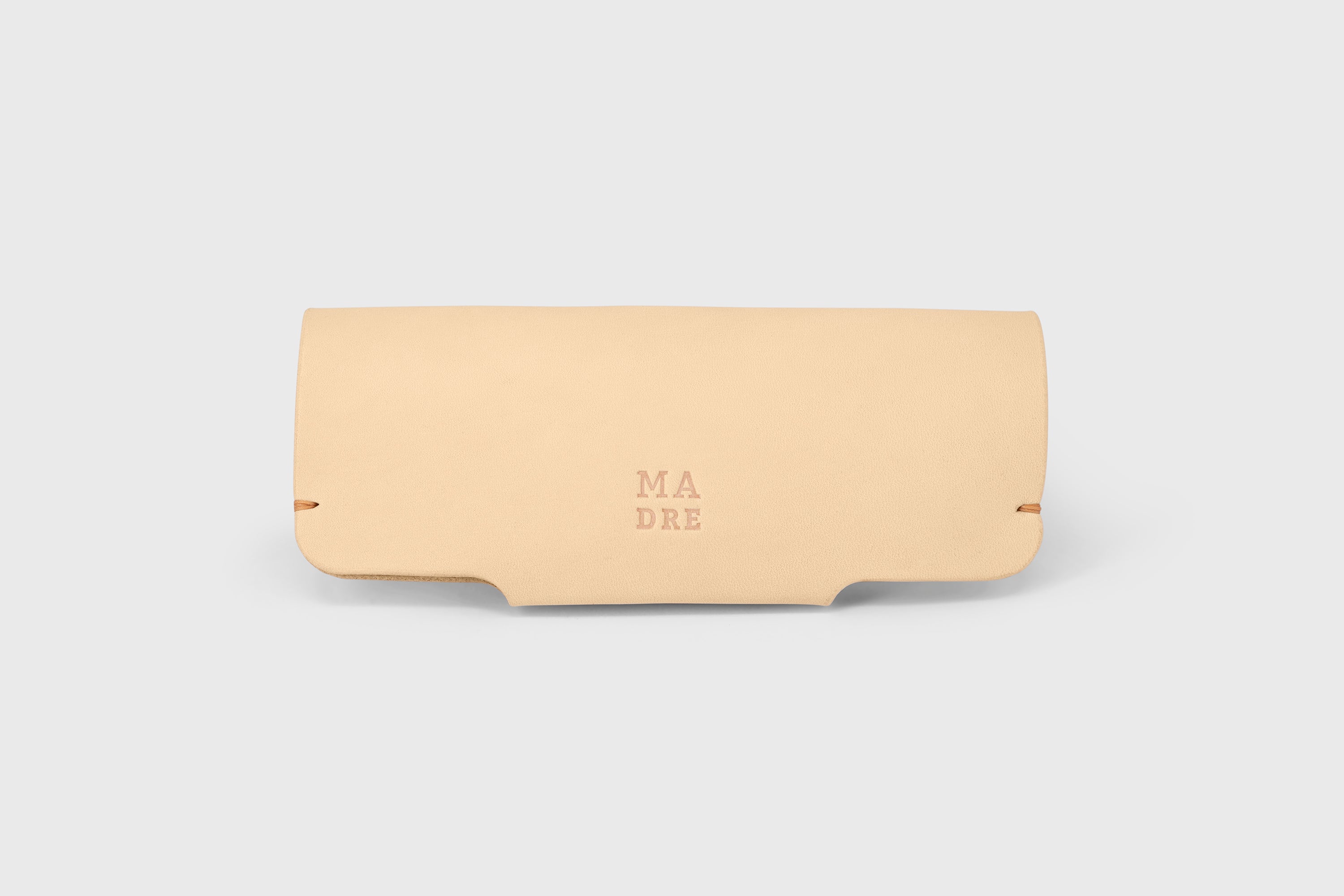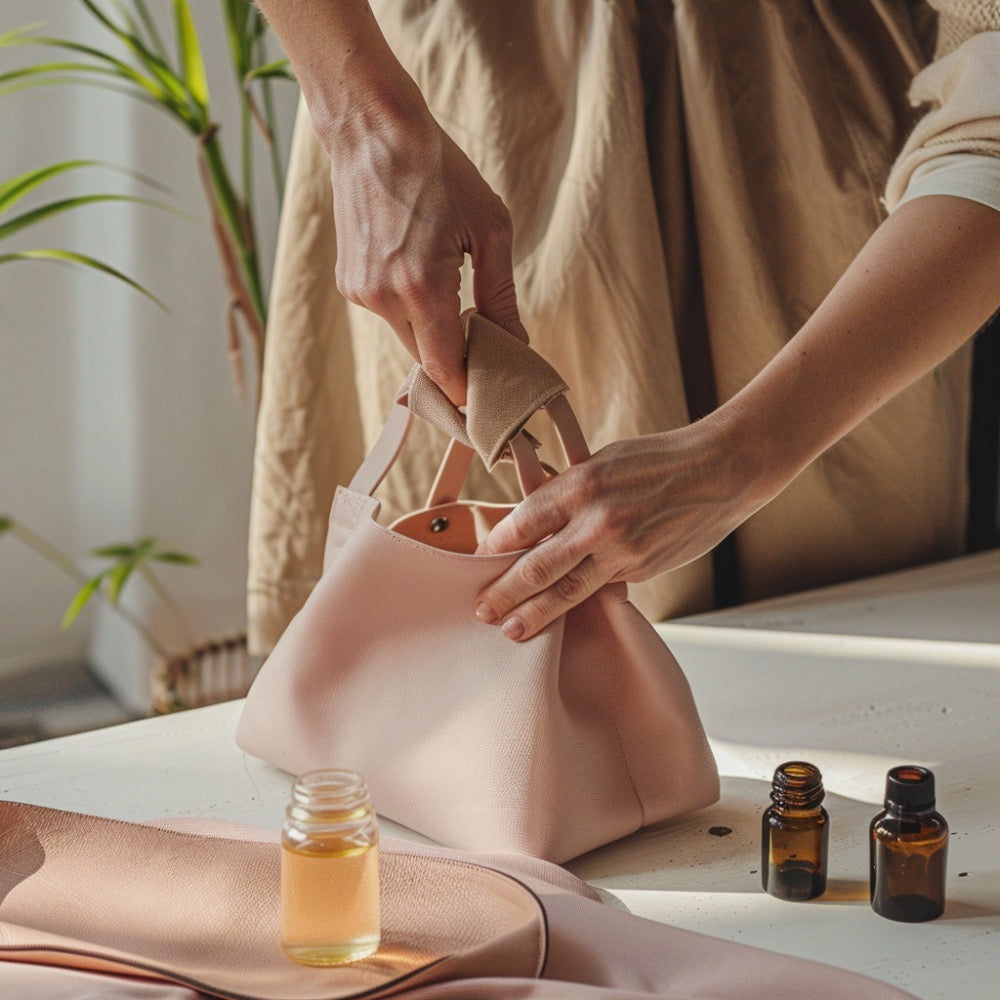Design and Aesthetic of Rivet Bags
Rivet bags are celebrated for their distinctive design, which seamlessly blends functional elements with aesthetic appeal. The use of rivets not only enhances the structural integrity of these bags but also contributes to their unique style, making them a favorite among those who appreciate both durability and design.

Key Design Features
Rivet Placement: Rivets are typically placed at key stress points on bags, such as corners, straps, and closures. This strategic placement ensures that the bag can handle heavy loads and frequent use without tearing. Moreover, the visible rivets add a striking visual element that is both industrial and chic.
Materials: Rivet bags are commonly made from materials that can withstand the added weight and wear that rivets imply. Leather, with its natural strength and durability, is a popular choice, but heavy-duty fabrics like canvas and denim are also used. These materials not only support the structural demands of rivet reinforcement but also age beautifully, adding character to the bag over time.
Shapes and Sizes: The versatility of rivet bags is evident in the variety of shapes and sizes available. From compact crossbody bags and utilitarian messenger bags to spacious totes and rugged backpacks, there is a rivet bag to suit every need and style. The design of each bag is thoughtfully crafted to maximize functionality while maintaining an elegant silhouette.
Aesthetic Appeal

Industrial Charm: The aesthetic of rivet bags draws heavily from their industrial origins. The visible hardware, including rivets, buckles, and zippers, often features a metallic or matte finish that complements the ruggedness of the material. This industrial look appeals to those who value a touch of raw, mechanical style in their accessories.
Timeless Elegance: Despite their robust and functional design, rivet bags possess a timeless elegance that makes them suitable for a variety of occasions. Whether it’s a sophisticated leather briefcase for professional settings or a stylish canvas satchel for casual outings, rivet bags are designed to be both practical and fashionable.
Customization and Detailing: Many designers and brands offer customized options or unique detailing in their rivet bags, such as embossed patterns, colored rivets, or special stitching. These personalised touches allow consumers to express their individual style while enjoying the classic appeal of a rivet bag.
Design Evolution
Over time, the design of rivet bags has evolved to incorporate contemporary trends while still retaining the classic elements that define them. Modern rivet bags may feature minimalist designs with hidden rivets for a sleeker look, or they might incorporate eco-friendly materials as part of a commitment to sustainability. Despite these innovations, the core qualities of strength, functionality, and distinctive style remain central to the design ethos of rivet bags.
In summary, the design and aesthetic of rivet bags reflect a deep appreciation for both form and function. These bags are not just practical tools but also pieces of art that showcase meticulous craftsmanship and timeless style. As they continue to evolve, rivet bags remain a staple accessory for those who value durability and design in equal measure.
Material and Construction of Rivet Bags
The durability and appeal of rivet bags largely depend on the materials used and the methods of construction. These elements are critical to ensuring that the bags not only look good but are also strong enough to withstand daily wear and tear. Here’s a deeper look into the materials and construction techniques that define the quality of rivet bags.

Choice of Materials
Leather: Leather is the most common and preferred material for high-quality rivet bags. It’s chosen for its durability, flexibility, and the rich patina it develops over time. Leather rivet bags can withstand considerable stress and strain, making them ideal for heavy-duty use. Different types of leather, such as full-grain, top-grain, and suede, offer varying levels of thickness, strength, and texture, catering to diverse style preferences and functional requirements.
Canvas: Canvas is another popular choice, especially for casual or military-style rivet bags. This material is favored for its rugged durability and resistance to tearing. Canvas bags are often treated with waxes and oils to enhance their water resistance and longevity.
Synthetics: For more affordable options, synthetic materials like nylon, polyester, and faux leather are used. These materials offer water resistance and are lightweight, although they may not match the durability or aesthetic quality of natural fibers.
Construction Techniques
Rivet Reinforcement: The defining feature of rivet bags is the use of rivets to reinforce stress points. Rivets are typically made of metal and are used to join two or more layers of material, preventing tearing and extending the bag’s lifespan. This technique is particularly important in areas subject to high stress, such as handles, corners, and straps.
Stitching: High-quality stitching is crucial for the durability of rivet bags. Double or triple stitching is often employed at seams to ensure they hold under pressure. The type of thread used, such as nylon or polyester, also plays a significant role in the overall strength of the bag.
Lining: Many rivet bags include a lined interior, which not only adds to the bag's aesthetic but also provides additional protection for the contents. The lining materials vary from cotton or synthetic fabrics to more luxurious silks, depending on the bag's design and price point.
Hardware: Apart from rivets, other hardware such as buckles, clasps, and zippers are integral to the bag’s functionality. These components are usually made from metals like brass or stainless steel for enhanced durability and corrosion resistance.
Quality and Craftsmanship
The overall quality of a rivet bag is determined by the attention to detail in its craftsmanship. Precision in cutting, alignment of parts, symmetry in design, and the finishing touches all contribute to a well-constructed bag. Brands that focus on handcrafted processes often deliver higher quality, which is reflected in the durability and appearance of the bag.
The choice of materials and construction techniques directly impacts the performance and lifespan of rivet bags. By combining robust materials with meticulous construction, manufacturers can create bags that not only serve functional purposes but also withstand the test of time, maintaining their form and utility for years. As such, when choosing a rivet bag, it's important for consumers to consider these aspects carefully to ensure they are investing in a product that meets their expectations in both style and substance.
Versatility and Styling of Rivet Bags
Rivet bags are renowned not only for their durability and robust construction but also for their versatility and style. These bags seamlessly blend functionality with aesthetic appeal, making them suitable for a wide range of occasions, from daily commutes to sophisticated evening events. This section explores how rivet bags can be styled and their adaptability across various lifestyles and fashion needs.

Styling Rivet Bags
Casual Chic: For everyday use, a rivet bag can easily complement a casual outfit. Think of pairing a leather rivet backpack or a canvas messenger bag with jeans, a t-shirt, and sneakers for a relaxed, yet stylish look. The rugged appeal of the bag adds an edgy touch to simple casual wear.
Professional Settings: Rivet bags are not confined to casual looks; they also fit well in more formal or professional environments. A sleek, well-made leather rivet briefcase or tote can enhance a business suit or a smart dress, offering functionality without sacrificing style. The subtle use of rivets adds a modern twist to the classic professional accessory.
Evening Outings: Even for more formal occasions, a small rivet clutch or crossbody bag can serve as a chic accessory that holds all your essentials. Opt for bags with polished metal rivets and fine leather to elevate your evening wear. These elements provide a hint of glamour and sophistication, perfect for dinner dates or evening events.
Versatility Across Different Uses
Travel: Rivet bags are excellent for travelers looking for durability and security. The added strength at stress points ensures that the bag can handle the rigors of travel. Whether it’s a rivet-studded duffel bag or a rugged backpack, these bags combine storage capacity and durability, making them ideal travel companions.
Outdoor Activities: For those who enjoy the outdoors, rivet-reinforced bags offer the resilience needed to withstand outdoor conditions. Canvas rivet bags, in particular, are perfect for hikes or camping trips, providing ample space and resistance to wear and tear.
Fashion Accessory: Beyond functionality, rivet bags are a popular choice among those who value fashion-forward accessories. The bags are available in various designs and colors, allowing them to serve as statement pieces that can set trends and showcase personal style.

Adapting to Changing Trends
The design of rivet bags often evolves to incorporate contemporary fashion trends, making them continually relevant in the fashion world. Designers might integrate new colors, patterns, or textures while maintaining the classic rivet features that define the style of these bags. This adaptability ensures that rivet bags maintain their appeal across different fashion seasons and trends.
In conclusion, the versatility and styling potential of rivet bags make them a valuable addition to any wardrobe. Their ability to transition between different looks and settings, coupled with their enduring construction, ensures that they remain a favorite for those seeking both function and fashion. Whether used for practical purposes or as a fashion statement, rivet bags continue to offer a unique blend of durability, style, and versatility.
Durability and Maintenance of Rivet Bags
Rivet bags are renowned for their robust construction, designed to withstand the rigors of daily use. The durability of these bags is one of their most valued features, making them a practical investment for anyone seeking a reliable accessory. Here, we'll discuss the factors contributing to the durability of rivet bags and offer guidance on how to maintain them properly to ensure they last for years.
Factors Contributing to Durability
Material Quality: The choice of materials plays a crucial role in the durability of rivet bags. Leather, commonly used for these bags, is known for its strength and ability to age gracefully, becoming softer and developing a unique patina over time. Canvas, another popular material, offers great resilience and resistance to wear, making it ideal for more rugged uses.
Rivet Reinforcement: Rivets are not just decorative elements; they enhance the bag’s structural integrity. Positioned at stress points such as corners, straps, and closures, rivets prevent tearing and enable the bag to carry more weight without damage. This reinforcement is key to the longevity of rivet bags.
Craftsmanship: The way a rivet bag is constructed also affects its lifespan. Precision in stitching, secure attachment of components, and careful alignment of materials ensure that the bag can endure frequent use. High-quality craftsmanship in rivet bags is evident in their ability to maintain shape and function over many years.
Maintenance Tips
Regular Cleaning: To keep a rivet bag looking its best, regular cleaning is essential. For leather rivet bags, use a soft, damp cloth to wipe the surface gently. A specialized leather cleaner can be used for deeper cleans. For canvas bags, a mild fabric cleaner will suffice. Avoid harsh chemicals that can damage the material.
Conditioning: Leather rivet bags benefit greatly from regular conditioning. Use a quality leather conditioner to keep the material supple and prevent it from drying out and cracking. Apply conditioner every few months or as needed, depending on the climate and how often the bag is used.
Storing Properly: When not in use, store your rivet bag in a cool, dry place away from direct sunlight, which can fade and degrade the material over time. Stuffing the bag lightly with clean paper or fabric will help maintain its shape. For extra protection, store the bag in a breathable cloth bag.
Avoid Overloading: While rivet bags are designed to be sturdy, overloading them can strain the material and fastenings. Be mindful of the weight carried in the bag to avoid undue stress on seams and rivets.
Address Repairs Promptly: Regularly inspect your bag for any signs of wear or damage. Addressing issues such as loose rivets or torn stitching promptly can prevent further damage and extend the bag’s life.
Proper care and maintenance play a critical role in maximizing the durability of rivet bags. By following these guidelines, you can ensure that your rivet bag remains a functional and stylish part of your accessory collection for many years, blending timeless aesthetics with enduring strength.
